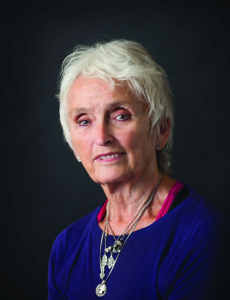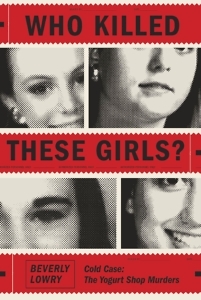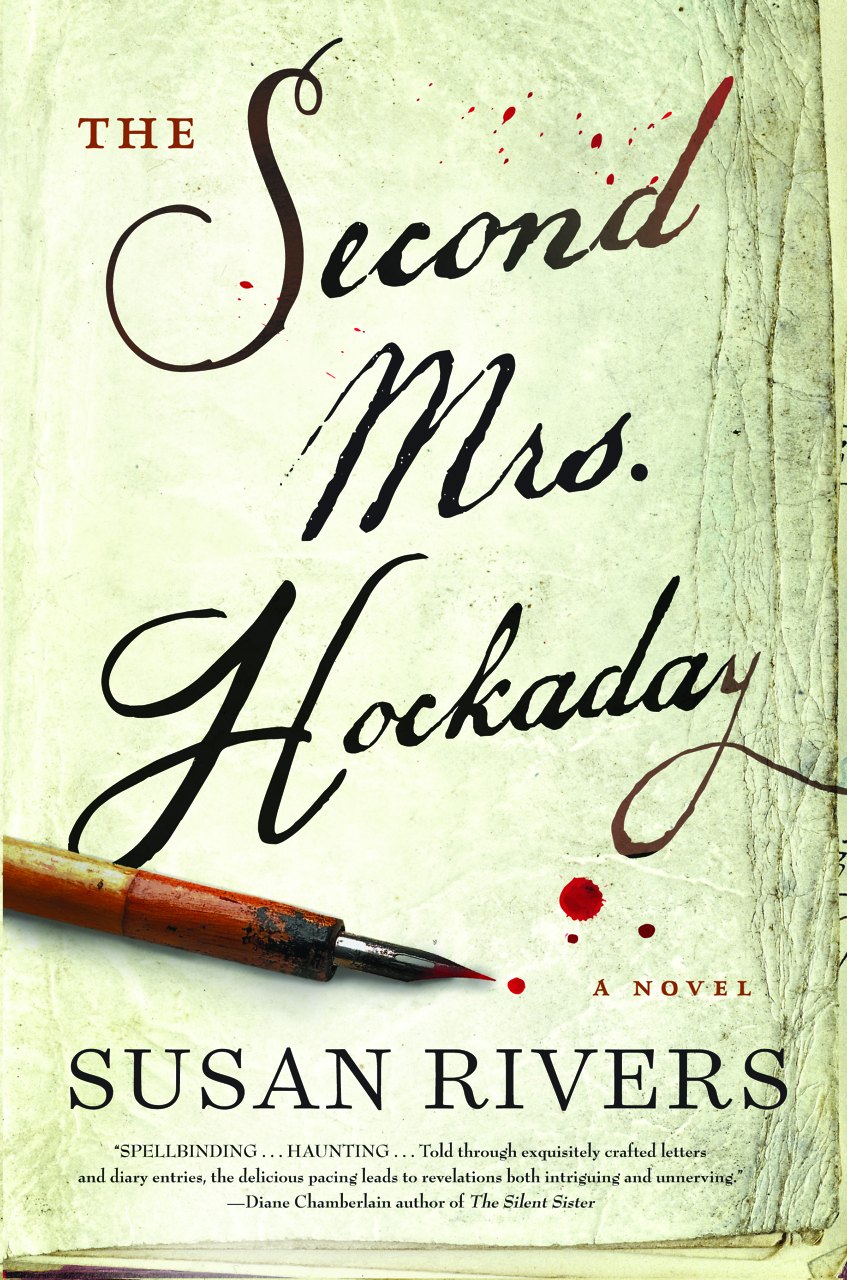Murder in the Yogurt Shop
A cold case warms up as Beverly Lowry disentangles a web of accusations and false confessions
There’s no shortage of whodunits in the true-crime canon, but contemporary storytelling models have revived the genre—think of the Serial podcast and the television show Making a Murderer, which are available for binge consumption on iTunes and Netflix, respectively. Popular as these programs are, perhaps only skilled prose writers can render true-crime stories with the humanity and nuance that they demand. In the tradition of Truman Capote and Errol Morris, acclaimed author Beverly Lowry launches Who Killed These Girls? Cold Case: The Yogurt Shop Murders today.

Back in 1991, before CSI and Forensics for Dummies, Lowry notes, four teenage girls were raped, murdered, and burned in an I Can’t Believe It’s Yogurt! shop in Austin, Texas. There were no survivors, and the crime scene, still smoldering and dripping wet when homicide detective John Jones first stepped inside, left few clues. Any leads that survived the fire were rendered unusable or missed entirely by the shoddy forensics work not uncommon in the era. Lowry takes us through the whole story—from crime to convictions to the release of the convicts eighteen years after the girls were killed. With candid prose that’s laced with moments of poetic reflection, she provides everything an amateur investigator could hope for: gnarly crime-scene details, criminal-behavior theory, court proceedings that affected the case from afar, and intimate interviews with those involved. It’s impossible not to read this book without a highlighter and stack of Post-it notes on hand because Lowry delivers on the details.
At the same time, the book looks hard without gawking, focusing on the human beings involved in the investigation and those most affected by the murders. It’s the people who make Who Killed These Girls? so engrossing, and Lowry’s vivid descriptions give the book a cinematic scope. A homicide detective has “a snatch of Bach oratorios on his cell phone voice mail.” An expert witness “suggests a modern Merlin.” One of the suspects has “a blandness about him, in his eyes a soft, sweet look of perpetual questioning, as if he’s lost and can’t find his way home.”
In every way Lowry brings the story to life: exhausted detectives, parents weary with grief, sobbing juries, manipulative interrogators. The only characters who do not quite seem real are the girls themselves—their relics enshrined in saint-like status in the evidence room of the Austin Police Department; mourners gathered outside the strip mall each and every year on the anniversary of their deaths. Lowry captures the memory of the girls with a refreshing lack of sentimentality while infusing the narrative with the profound effect of their murder on Austin. To its inhabitants, she writes, the crime marked the end of the city’s innocence.
Lowry came to the case in 2009, when the convictions of the two prime suspects had been overturned and the men were awaiting new trials. An appeals court had found that the confessions used to convict the two men in 2002 violated the confrontation clause of the Sixth Amendment. And new DNA evidence gave the prosecution no hope of re-conviction. The men maintain their innocence to this day. The case is still cold.
 The four young men accused were woebegone to begin with: high-school dropouts, druggies, slackers, they fail to elicit our sympathy at first, but Lowry sets out to prove their humanity. Rob Springsteen, sentenced to execution before the court overturned the guilty verdict, has “devilish eyebrows and a habit of carrying his chin cocked to one side, as if to indicate his readiness to take on all comers.” Yet Lowry paints him and the others with a nuanced palette, challenging readers to question their own assumptions about innocence and the value of one life over another.
The four young men accused were woebegone to begin with: high-school dropouts, druggies, slackers, they fail to elicit our sympathy at first, but Lowry sets out to prove their humanity. Rob Springsteen, sentenced to execution before the court overturned the guilty verdict, has “devilish eyebrows and a habit of carrying his chin cocked to one side, as if to indicate his readiness to take on all comers.” Yet Lowry paints him and the others with a nuanced palette, challenging readers to question their own assumptions about innocence and the value of one life over another.
Lowry was drawn to the yogurt-shop murders because of the girls’ parents, because of her understanding of “the not-knowing they might well have to accept as their lifelong fate.” It’s a feeling Lowry knows well: her own son was killed by an anonymous hit-and-run driver in 1984. She puts this personal connection to the story right up front, but she also tries to tease out the reasons we all tend to eavesdrop on these grisly crimes. Do the unfolding narratives satisfy a dark part of ourselves that breaks free of our moral compass? Do the victims speak to our fears? Do we feel safer knowing what’s out there because it hasn’t happened to us, not yet?
“Answers fly away like fruit flies. We clutch the air and close up a fist, but they’re already gone,” she writes. Who Killed These Girls? is expertly reported, but as Lowry notes, the truth is a fickle thing that perpetually skitters from our grasp. Unsatisfied with uncertainty, we are left to contemplate the workings of our own complicated hearts.

Erica Ciccarone is an independent writer living in Nashville. She holds an M.F.A. from the New School and contributes regularly to several print and online publications and to Nashville Public Radio. She is at work on her first novel..


